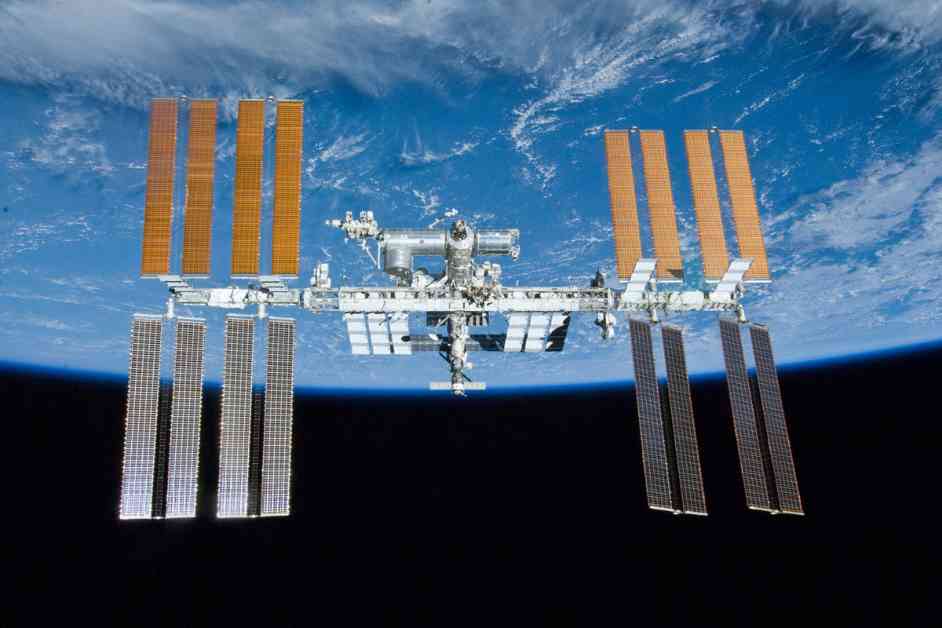SpaceX has been awarded an $843 million contract by NASA to take on the monumental task of demolishing the International Space Station (ISS). The plan is to bring down the station through Earth’s atmosphere in a fiery display. However, the demolition comes with risks, as any mishap could result in debris falling on Earth.
The ISS, a product of a partnership with Russia, has surpassed its initial design life of 15 years and is now aging. To ensure safety, NASA aims to destroy the facility around 2031. SpaceX will be responsible for developing a unique deorbit vehicle for this purpose, with the contract excluding launch costs.
The deorbit vehicle’s design will be based on SpaceX’s Dragon capsule, according to Bill Spetch, operations integration manager for NASA’s International Space Station Program. While details on SpaceX’s vision for the vehicle are not yet known, it is clear that the company faces a challenging task given the complexity of the ISS, which required 42 launches to assemble and weighs over 450 tons.
Some have suggested alternative ideas for the ISS, such as boosting it to a permanent orbit or salvaging parts for a museum. However, NASA has deemed these options impractical. The decision to bring down the station in one piece through Earth’s atmosphere is seen as the most feasible solution, despite potential risks of debris falling on Earth.
In the event of an uncontrolled reentry, large objects from the ISS could survive the fall and pose a threat to populated areas. NASA’s contract with SpaceX aims to minimize these risks by executing a controlled deorbit maneuver. The process involves moving the station to a lower orbit, launching the deorbit vehicle, and guiding the ISS through the atmosphere to ensure it lands in a safe location.
SpaceX’s role in this mission highlights the company’s growing partnership with NASA in critical space operations. As the world watches the final moments of the ISS, the fiery descent of the iconic facility will mark the end of an era in space exploration.






